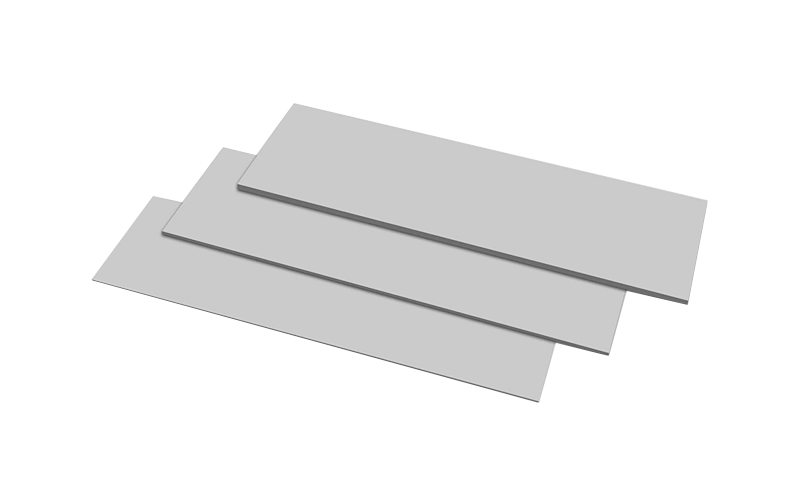About the Hardness of Thermal Pads
- Posted on:2023-10-20 15:26:00
- Source:AOK Thermal Pad Manufacturer Company News
The hardness of a thermal pad refers to its ability to resist compression under pressure. It's an important characteristic as it determines the pad's ability to conform to irregular surfaces and maintain consistent thermal contact between components.
Thermal pads are typically made from a ultra soft, compressible material, such as silicone or polymer-based compounds. The hardness of a thermal pad is measured using the Shore hardness scale, specifically Shore 00 or Shore A scales. The higher the Shore hardness value, the firmer the pad.
Conformability: Softer thermal pads with lower hardness values offer better conformability. They can easily fill gaps, surface irregularities, and variations in height between components, ensuring optimal thermal contact and heat transfer. Higher hardness pads may struggle to conform to uneven surfaces, potentially leading to air gaps and reduced thermal performance.
Compression Force: The hardness of a thermal pad determines the amount of force required to compress it. Softer pads with lower hardness can be easily compressed, allowing for efficient thermal interface between components with minimal pressure. Firmer pads require more force to compress, which may be suitable for applications requiring higher pressure for improved thermal conductivity.
Surface Protection: Thermal pads with lower hardness values provide a cushioning effect, protecting delicate components from excessive pressure or mechanical stress. They help absorb vibrations and shocks, reducing the risk of damage to the components during operation or transportation.
Thermal Conductivity: The hardness of a thermal pad does not directly impact its thermal conductivity. Instead, it influences the pad's ability to conform and maintain consistent contact, which indirectly affects the overall thermal performance. Pads with appropriate hardness should provide good thermal conductivity while ensuring optimal surface coverage and pressure distribution.
Application Considerations: The selection of the thermal pad hardness depends on the specific application requirements. Softer pads are commonly used in electronics, such as CPUs, GPUs, memory modules, or power devices, where conformability and surface protection are crucial. Firmer pads may find applications in certain industrial or automotive settings that require higher pressure or enhanced mechanical stability.
When choosing a thermal pad, it's essential to consider the specific requirements of your application, including the surface characteristics, component tolerances, pressure requirements, and thermal conductivity needs. Consulting the thermal pad manufacturer datasheets and technical specifications can provide valuable information about the hardness and other relevant properties of thermal pads to make an informed selection.
If you would like to learn more about AOK performance thermal materials, please visit our website at www.aok-technologies.com


